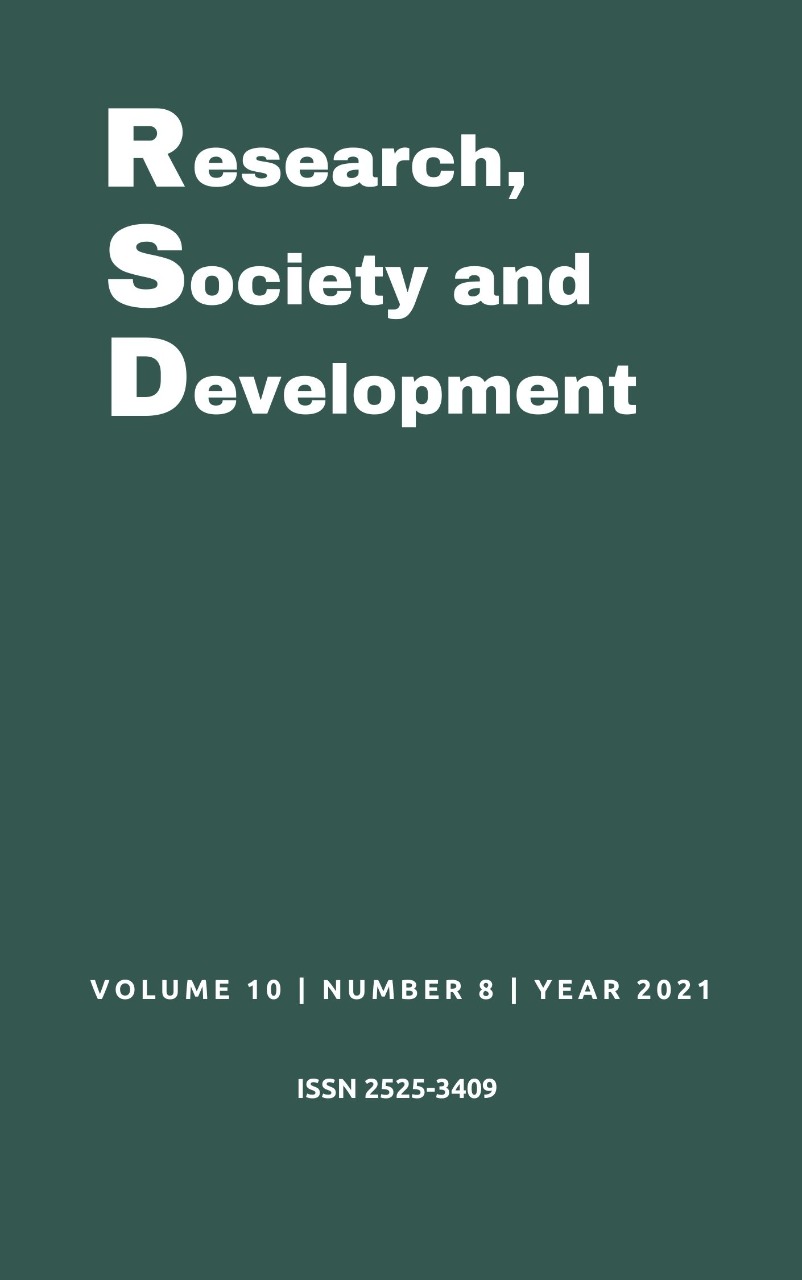 Now, I can explain to college students what the principle is used for and the right way to link it to different matters of evolution meaningfully. The Hardy-Weinberg principle is one of the vital difficult subjects in evolution for a lot of teachers and college students (Mertens, 1992). They could really feel threatened by mathematics and the quantitative elements of inhabitants genetics, and may be unable to use the precept to make sense of evolutionary phenomena. This is a simple demonstration of the Hardy-Weinberg equilibrium and how pure selection affects the allele frequency of a population. Buttons representing homozygous dominant and recessive, and heterozygous, The Best University In Bangkok genotypes are used to assessment the understanding of Mendelian genetics after which to analyze how allele frequency adjustments in stable and evolving populations. Students could have to apply Mendelian legislation and mathematical expertise to make sense of the info and interpret the results. Counting Buttons is an example of how to teach biology in an integrated vogue and to use arithmetic to make sense of complicated biological phenomena.
Now, I can explain to college students what the principle is used for and the right way to link it to different matters of evolution meaningfully. The Hardy-Weinberg principle is one of the vital difficult subjects in evolution for a lot of teachers and college students (Mertens, 1992). They could really feel threatened by mathematics and the quantitative elements of inhabitants genetics, and may be unable to use the precept to make sense of evolutionary phenomena. This is a simple demonstration of the Hardy-Weinberg equilibrium and how pure selection affects the allele frequency of a population. Buttons representing homozygous dominant and recessive, and heterozygous, The Best University In Bangkok genotypes are used to assessment the understanding of Mendelian genetics after which to analyze how allele frequency adjustments in stable and evolving populations. Students could have to apply Mendelian legislation and mathematical expertise to make sense of the info and interpret the results. Counting Buttons is an example of how to teach biology in an integrated vogue and to use arithmetic to make sense of complicated biological phenomena.
Hardy, a pure mathematician, generally handled utilized arithmetic with contempt. 4. Calculate the genotypes of all offspring and write them within the offspring column of Table 1. Discard the parent buttons. 2. Shake the field, randomly select two buttons at a time, and file their genotypes within the ‘parent’ column of Table 1. Put these pairs to at least one side. 6. Now you’ll have 96 buttons within the offspring column representing the genotypes of the primary offspring era. 10. Put the buttons representing the first offspring era again into the field. These 128 buttons symbolize the genotypes of the first offspring (generation 1) in a group. Like most biologists of his time, Darwin supposed that the characteristics of mother and father have been ‘blended’ within the offspring. 5. Out of your spare buttons, discover people who symbolize the genotypes of the offspring. 2/3. Multiply the quantity of each genotype by 2/3. The sum of the outcomes needs to be 64. If multiplication produces a decimal number, you possibly can increase or decrease a fraction to the next complete quantity to make the sum of all genotypes equal to 64. Write the number of each genotype in Table three in the genotype columns.
 64/N; N is the sum of the three genotypes) to make the population dimension of the subsequent era stay at 64 (its initial population). “I am reluctant to intrude in a dialogue regarding issues of which I haven’t any professional knowledge, and i should have anticipated the very simple point which I want to make to have been acquainted to biologists. “Counting Buttons helped me make sense of the Hardy-Weinberg principle. Many of them surprise about the relevance of the Hardy-Weinberg precept to understanding evolution. I really don’t see what we use it for and how it relates to evolution. Each button represents one diploid individual in a population. Each aspect of the button represents an allele: black on black is an individual with genotype RR, black on white is Rr, and white on white is rr. 1. Three kinds of button: black on black, black on white, and white on white (50 every).
64/N; N is the sum of the three genotypes) to make the population dimension of the subsequent era stay at 64 (its initial population). “I am reluctant to intrude in a dialogue regarding issues of which I haven’t any professional knowledge, and i should have anticipated the very simple point which I want to make to have been acquainted to biologists. “Counting Buttons helped me make sense of the Hardy-Weinberg principle. Many of them surprise about the relevance of the Hardy-Weinberg precept to understanding evolution. I really don’t see what we use it for and how it relates to evolution. Each button represents one diploid individual in a population. Each aspect of the button represents an allele: black on black is an individual with genotype RR, black on white is Rr, and white on white is rr. 1. Three kinds of button: black on black, black on white, and white on white (50 every).
That is an activity for teams of four to 5 students, and should take three hours. 10. Repeat all steps above 4 occasions to acquire R and r allele frequencies over 5 generations. 11. Repeat steps 2-10 4 occasions to acquire genotype and allele frequency knowledge from a total of 5 generations. The ‘very easy point’ that Hardy went on to prove was that in a relatively massive population where there isn’t a migration, in which mating occurs at random and within the absence of selection or mutation, the frequency of genes will remain the same. The factors made about allele selection would elevate awareness of some dominant and recessive genetic diseases and might be used for additional research, perhaps linking them into genetic engineering and genetic diagnosis and, if time permits, debates on the ethics of choice. How does natural choice have an effect on allele frequencies of a inhabitants over time? The allele – dominant or recessive – that’s selected out is determined by the environmental circumstances on the time. The trainer also needs to emphasise that in a natural population it often takes more than 5 generations before we will detect any change in allele frequency.

 After conducting the second experiment, some students might conclude that pure selection all the time will increase the frequency of a dominant allele and decreases the frequency of a recessive allele in a inhabitants. It’s nearly not possible to see how it acts and how selection might affect the frequency of alleles. Rather than bolstering Darwin’s idea, however, these discoveries were taken by many to be incompatible with natural selection. By participating in this exercise, students will acquire insight right into a population at equilibrium and into pure choice as a force for biological adaptation. The trainer should also emphasise that in a natural population it normally takes greater than five generations before we are able to detect any change in allele frequency. The ‘very simple point’ that Hardy went on to prove was that in a comparatively large population where there isn’t a migration, in which mating happens at random and in the absence of selection or mutation, the frequency of genes will stay the identical. Evolution is a change in allele frequency in a inhabitants over a period of time (Skelton, 1993; Strickberger, 1996). A inhabitants is a gaggle of individuals of the identical species in a given area whose members can interbreed and therefore share a common group of genes often known as a gene pool.
After conducting the second experiment, some students might conclude that pure selection all the time will increase the frequency of a dominant allele and decreases the frequency of a recessive allele in a inhabitants. It’s nearly not possible to see how it acts and how selection might affect the frequency of alleles. Rather than bolstering Darwin’s idea, however, these discoveries were taken by many to be incompatible with natural selection. By participating in this exercise, students will acquire insight right into a population at equilibrium and into pure choice as a force for biological adaptation. The trainer should also emphasise that in a natural population it normally takes greater than five generations before we are able to detect any change in allele frequency. The ‘very simple point’ that Hardy went on to prove was that in a comparatively large population where there isn’t a migration, in which mating happens at random and in the absence of selection or mutation, the frequency of genes will stay the identical. Evolution is a change in allele frequency in a inhabitants over a period of time (Skelton, 1993; Strickberger, 1996). A inhabitants is a gaggle of individuals of the identical species in a given area whose members can interbreed and therefore share a common group of genes often known as a gene pool.